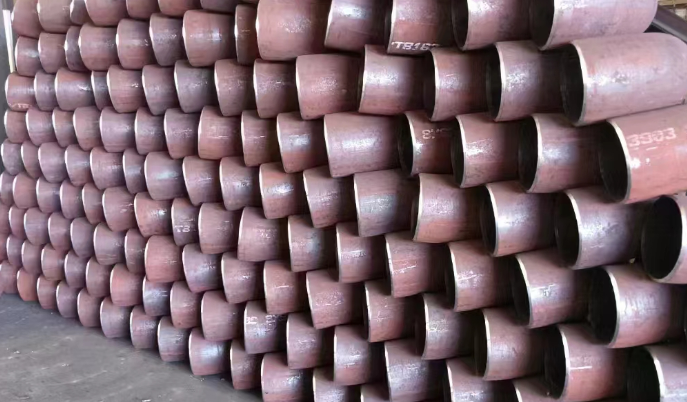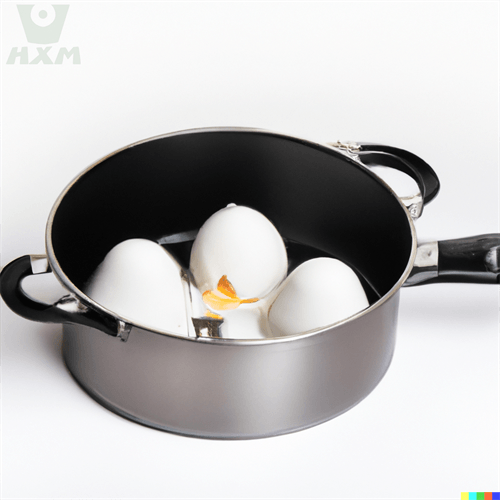Carbon steel, as a common and widely used metallic material, boasts excellent mechanical properties and low cost, making it prevalent in various industries such as construction, automotive manufacturing, petrochemicals, and more. However, its relatively poor performance in terms of toughness and ductility has limited the scale of its application. In this article, let’s take a closer look at the toughness and ductility of carbon steel.

Analysis of Toughness and Ductility of Carbon Steel:
The inferior toughness and ductility of carbon steel are primarily attributed to its chemical composition, particularly the carbon content. Generally, an increase in carbon content enhances the steel’s hardness and strength but diminishes its toughness and ductility. This is because the elevated carbon content leads to smaller grain sizes and narrower grain spacings within the steel, rendering it more brittle and hence, less ductile and tough.
Despite the influence of carbon content on the toughness and ductility of carbon steel, significant improvements can be achieved through proper heat treatment, surface treatment, and the addition of chemical elements.
Firstly, in terms of heat treatment, this process can alter the internal microstructure of steel, including grain refinement, phase transformation, and precipitate formation, thereby enhancing its toughness and ductility. For instance, annealing treatment can release internal stresses and produce specific microstructures that increase the steel’s ductility and toughness, particularly suitable for applications requiring high workability.
Secondly, surface treatment is crucial. Surface defects and impurities in metals often compromise their toughness and ductility, affecting product quality. Appropriate surface treatments can not only improve the steel’s strength, wear resistance, and corrosion resistance but also enhance its toughness and ductility. Electroplating, for example, can refine the steel’s surface finish and structure, thereby boosting its toughness and ductility.
Additionally, the addition of alloying elements can significantly improve the internal structure of steel, reinforcing its toughness and ductility. Incorporating elements such as chromium, molybdenum, cobalt, manganese, and titanium into steel, coupled with proper processing, not only elevates its hardness and strength but also enhances its toughness and ductility. Furthermore, these alloying elements enable the steel to maintain superior performance under both high and low-temperature conditions.
Conclusion
In conclusion, while the toughness and ductility of carbon steel are influenced by its carbon content, advancements in heat treatment, surface treatment, and the incorporation of chemical elements have significantly improved these properties. When selecting carbon steel for specific applications, factors such as requirements, application scenarios, and cost must be carefully considered to ensure the most suitable material is chosen.
Why Choose Huaxia Steel?
Thank you for reading our article and we hope it can help you to have a better understanding of the toughness and ductility of carbon steel. If you are looking for suppliers and manufacturers of carbon steel, we would advise you to visit Huaxia Steel.
As a leading supplier of carbon steel from Shanghai China, Huaxia Steel offers customers high-quality carbon steel, tool steel and alloy steel at a very competitive price.








